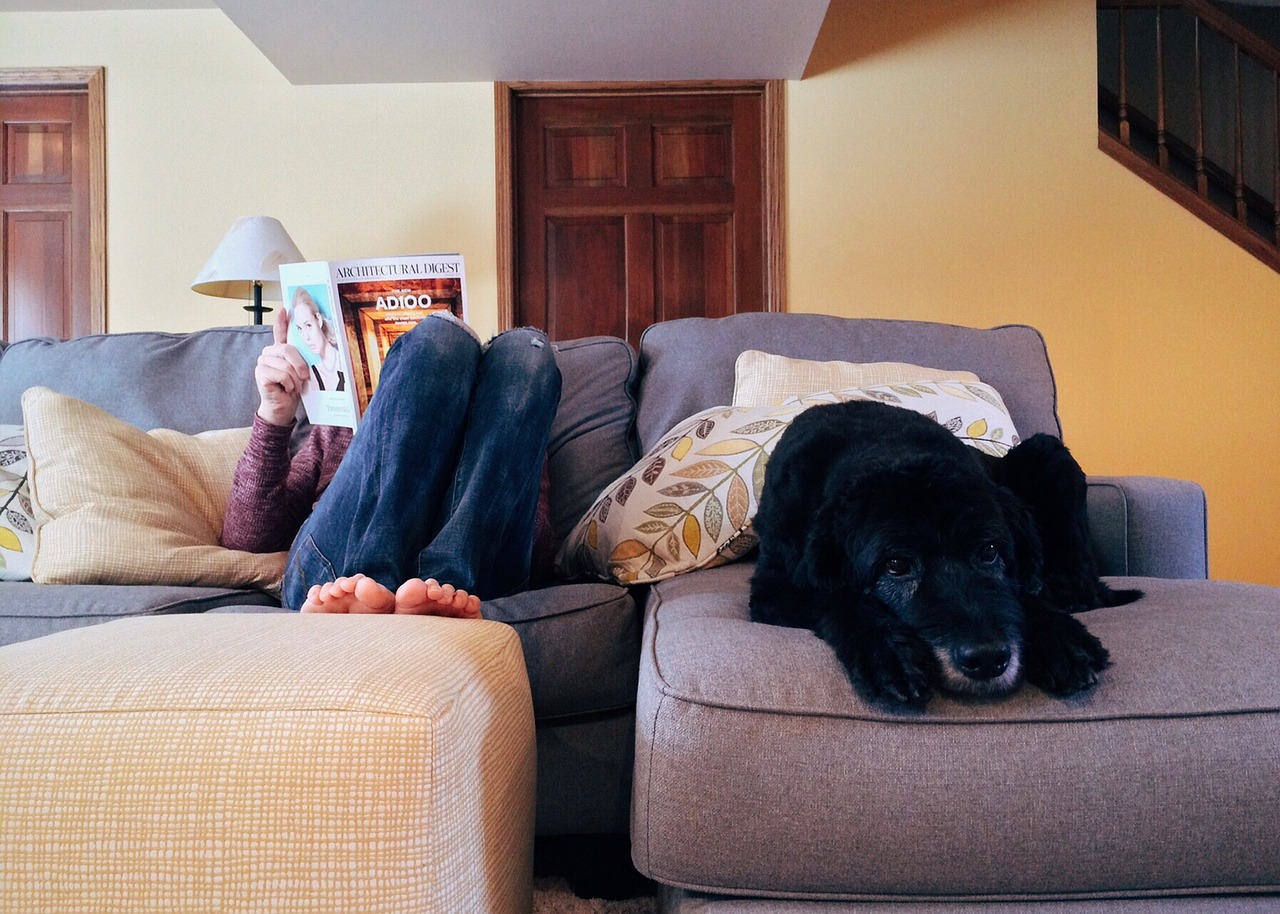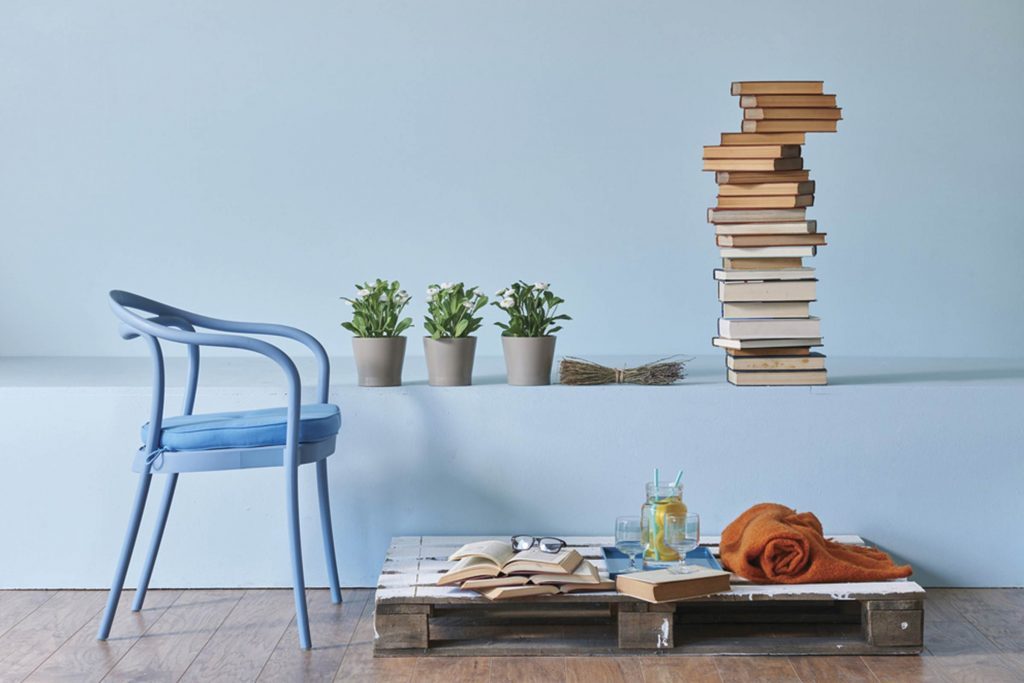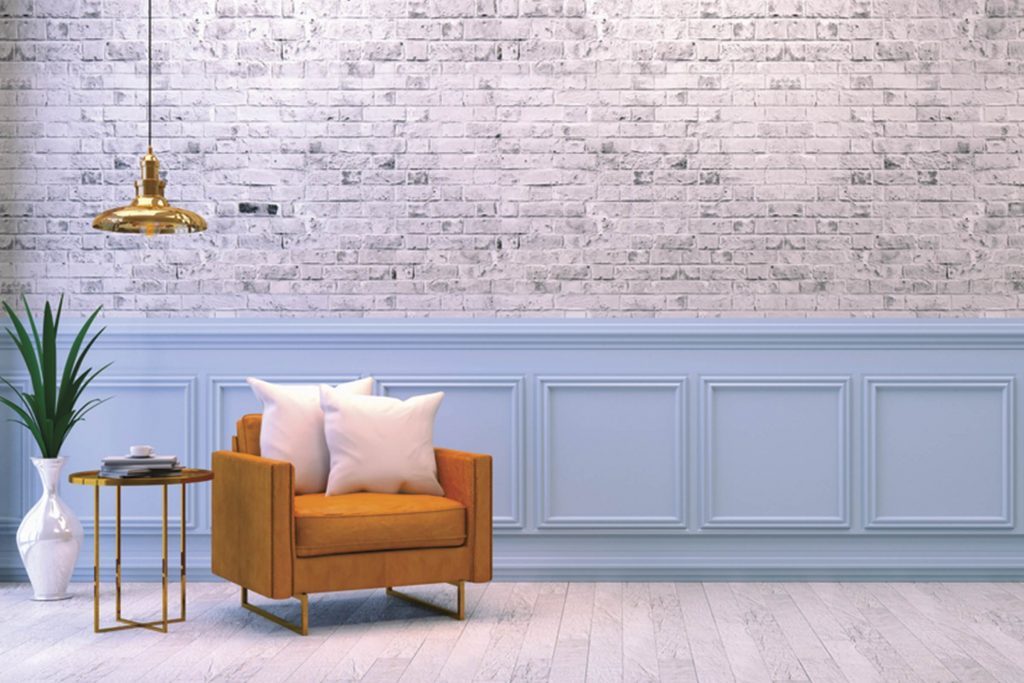Articles
Stress-Free Home

Science-Backed Secrets to a Stress-Free Home
Psychologists use well, psychology, to design offices that invoke a feeling of calm and facilitate healing for patients. The rest of us can adapt these decor tricks to make our homes a stress-free space.
BY STACEY FEINTUCH
Stick with light colors

Aim for dusty blue, sage green, or other light-colored walls. These hues and tones promote a sense of relaxation and calm, according to a recent article in The Monitor On Psychology, a publication of the American Psychological Association. Here's how to use color psychology to invoke the right mood in every room in your house.
Go for the grain

Though it's unclear why, research has shown that people gravitate toward natural, light-colored wood that shows its grain, rather than non-grain surfaces like formica or even dark wood that's all one color. And people are more comfortable with wood than with more modern materials, such as chrome and glass. Just don't take the wood-grain look too far: Research also shows that it loses its stress-busting impact when it covers more than 45 percent of a room's surface.
Let in natural light
Take advantage of skylights or windows when you can, as natural light is a big mood booster. For eye-level windows, the ideal view is of natural, calming scenery. If possible, avoid overlooking busy sidewalks or roads full of sounds and sights. No windows? Get some table and floor lamps with soft lighting—avoiding overhead fluorescent lighting—to help create the effect of bright natural light. Some lightbulbs can even simulate natural light, which can help increase the ambiance of windowless offices.
Bring nature inside
Bring the outdoors indoors, whether by displaying decorative natural objects, views of landscapes, or other representations of nature, and/or potted plants. Research has found that even just looking at nature can lower blood pressure. For art, go for simple images, like of a bench in the middle of a landscaped garden or a path of a serene landscape. You want a scene that invites relaxation or enables you to make mental associations. Avoid nature images that are complex, chaotic, or confusing.
Distract positively

Ever notice that doctors' offices often have fish tanks? Looking into fish tanks, pastoral landscapes, or other inviting natural sights can give your mind a rest, distracting you just enough to step out of the thinking realm and tune into the feeling realm. Aim for views that draw you in, to give a break to the part of your brain that needs to focus. "As fish tanks have water, animals, and natural qualities, they should be relaxing," says Dr. Nasar.
Go with the flow
You want your home to promote a sense of efficiency and flow. To help you feel in charge of your space and maintain a clear head, keep your home clean and uncluttered. Put items you need and use most near you and out in the open. "Order has to do with the number and organization of the items in a space," says Dr. Nasar. "Having items thrown around at random would be the most disorderly and chaotic. Having them positioned at points along a grid would be extremely orderly. Somewhere toward the latter end would convey order. That and a focal point, such as a fireplace, possibly with some of the personal items, would add to order."